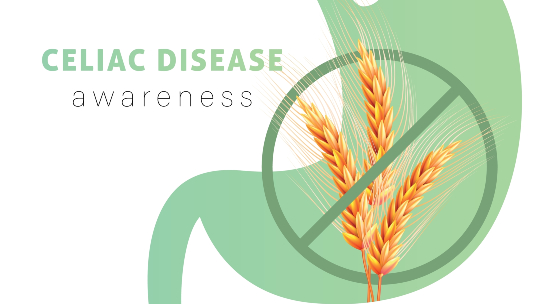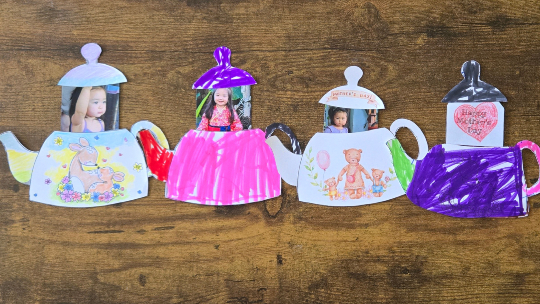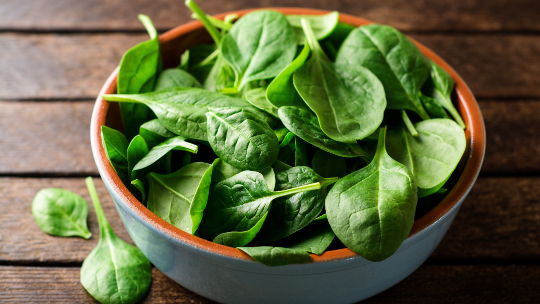When you think of pineapples, you may think “oh SO sweet!” According to the American Diabetes Association, pineapples and melons are higher on the glycemic index, meaning it could raise your blood sugar more than other fruits. But living in Hawaii, pineapples are an important part of our history. We are lucky to still have over 2,000 acres of Royal Hawaiian pineapples growing right here in Wahiawa, giving us access to very fresh pineapple year-round.

So, what are the healthy benefits of this delicious fruit? To learn more, we recently took a tour of the Dole pineapple processing plant and fields.
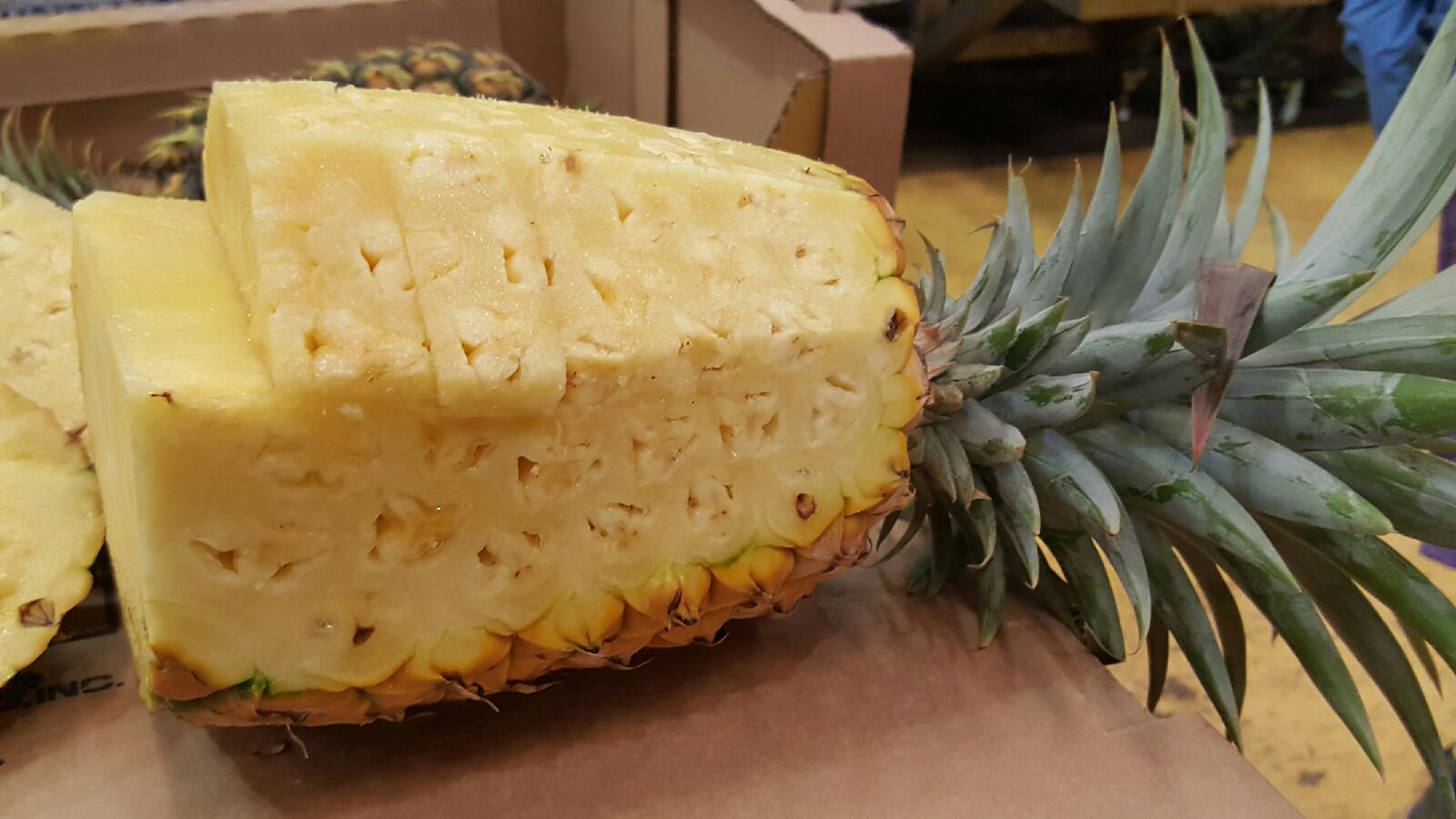
An extraordinary treat
Some of the health benefits of eating pineapple include:
• Vitamin C: A half cup of pineapple has 28 milligrams of vitamin C. Two slices of pineapple have 110 percent of your daily requirements for vitamin C, based on a 2,000 calorie a day diet.
• Pineapples have no saturated fat, cholesterol, or sodium and are high in dietary fiber and manganese.
• They aid in the digestion of a high-fat meal. In moderation, most can enjoy pineapple as a snack or nice treat that aids digestion at the end of your meal.
• Pineapple stem extract has bromelain which has been studied for its anti-inflammatory effect. One study showed promise in reducing inflammation when taking bromelain after extraction of impacted lower molars.
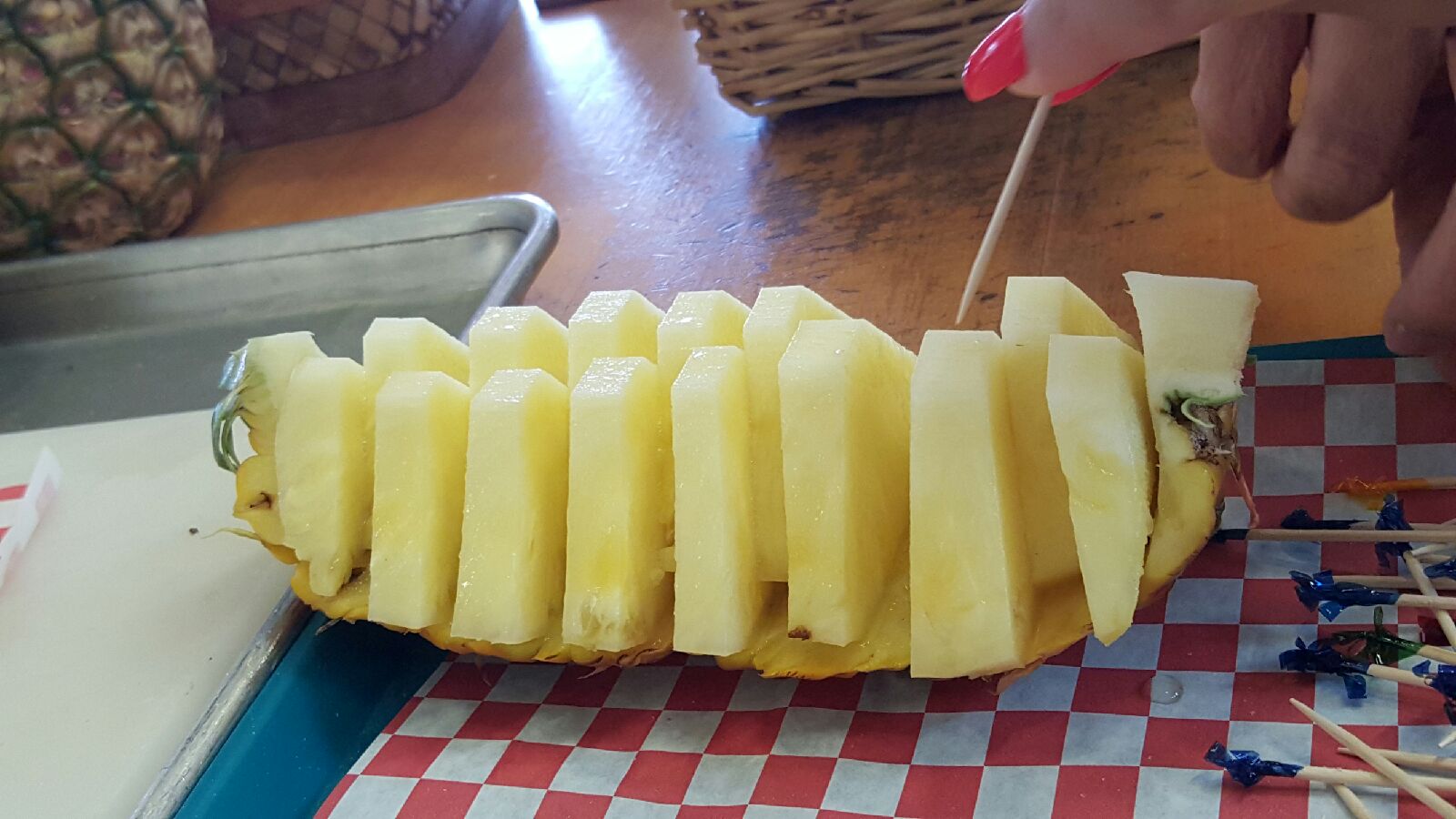
Why buy local?
Touring the Dole plant, they showed us the process they go through with each harvest. After being cleaned, the pineapple is sorted and processed and packaged by sizes. The fresh pineapple is wrapped or put into cold storage, if not shipped right away after being boxed. Cold storage can last up to a week to ensure freshness, and are moved out as soon as possible to be shipped to Oakland, Los Angeles and Seattle. If you buy local pineapple, you’ll probably notice how sweet and fresh it is. The pineapple you buy in the market is the same as what is taken to Hawaii’s restaurants and hotels.
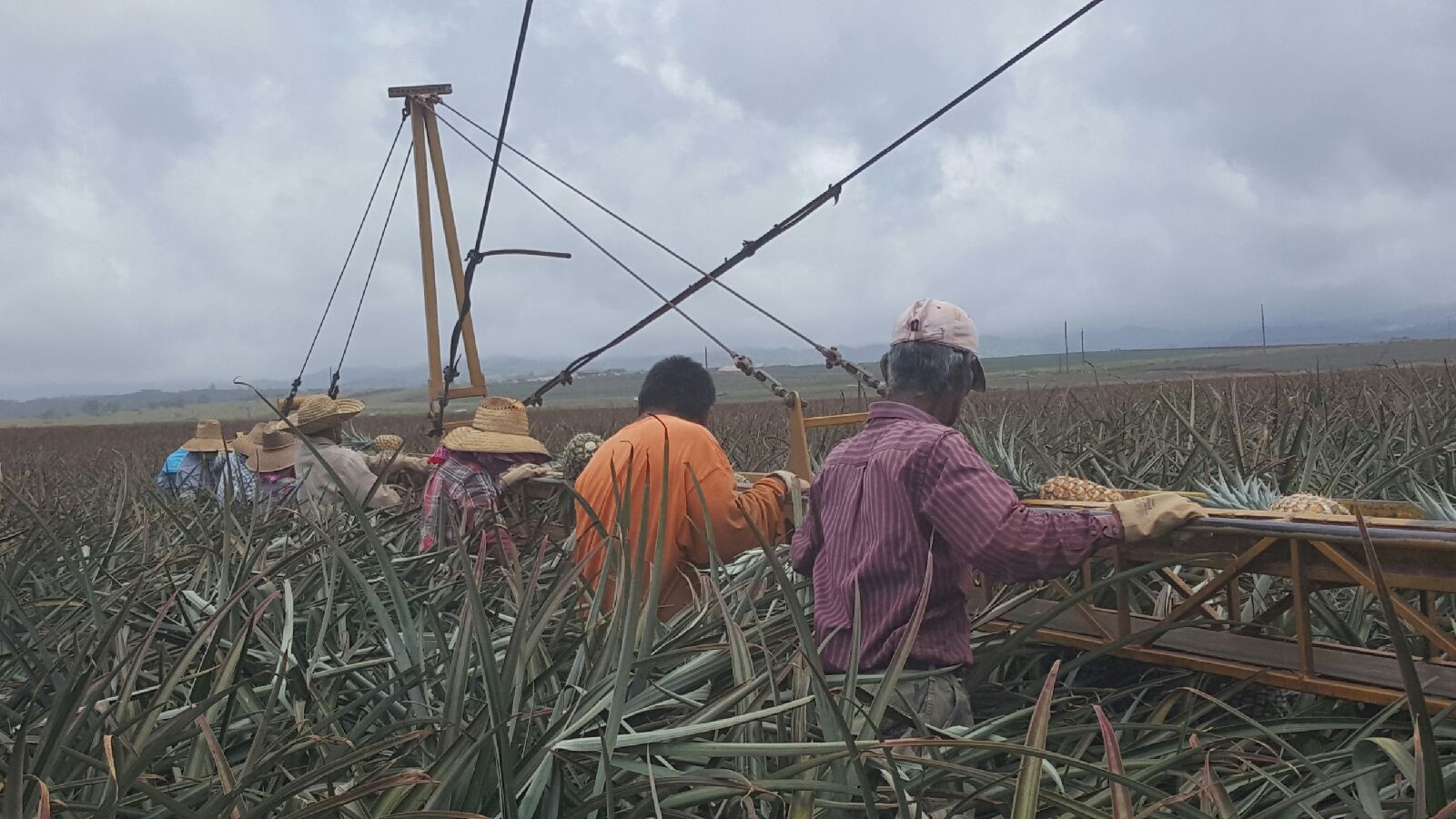
Some fumigation is necessary to prevent pests from eating the roots of the plant. They also fertilize at night and dig weeds by hand. Once the pineapple plant flowers, then there is no spraying or fertilizing. The process is rather manual and I was surprised at all the weeding, picking and planting done by hand.
.png)
The plantation workers harbor a longevity secret
The director pointed to the black strips of plastic on the red dirt and told me how there’s drip irrigation under those strips and how the “planters” or workers on the fields by hand will quickly spade a hole and plant about 6,000 plants daily to create a new crop. He stops and points out how fast they’re working, it’s amazing!
He said, “This is one of the few jobs in the field that is paid with an incentive system, the more you plant the more you make. These guys have been here working for 30 to 40 years and are hard to replace, we need more planters. They do lots of repetitive bending and stretching and yet remain flexible, they hardly ever get injured. This work is keeping them young and through their labor, they’ve sent kids to college to become doctors and dentists. The average planter is 64 and some are already in their 70s.” Staying active and agile as you age has proven benefits. If you want to read up on Blue Zones or areas of the world where people tend to live longer, see our article Talking Blue Zones with Dan Buettner.
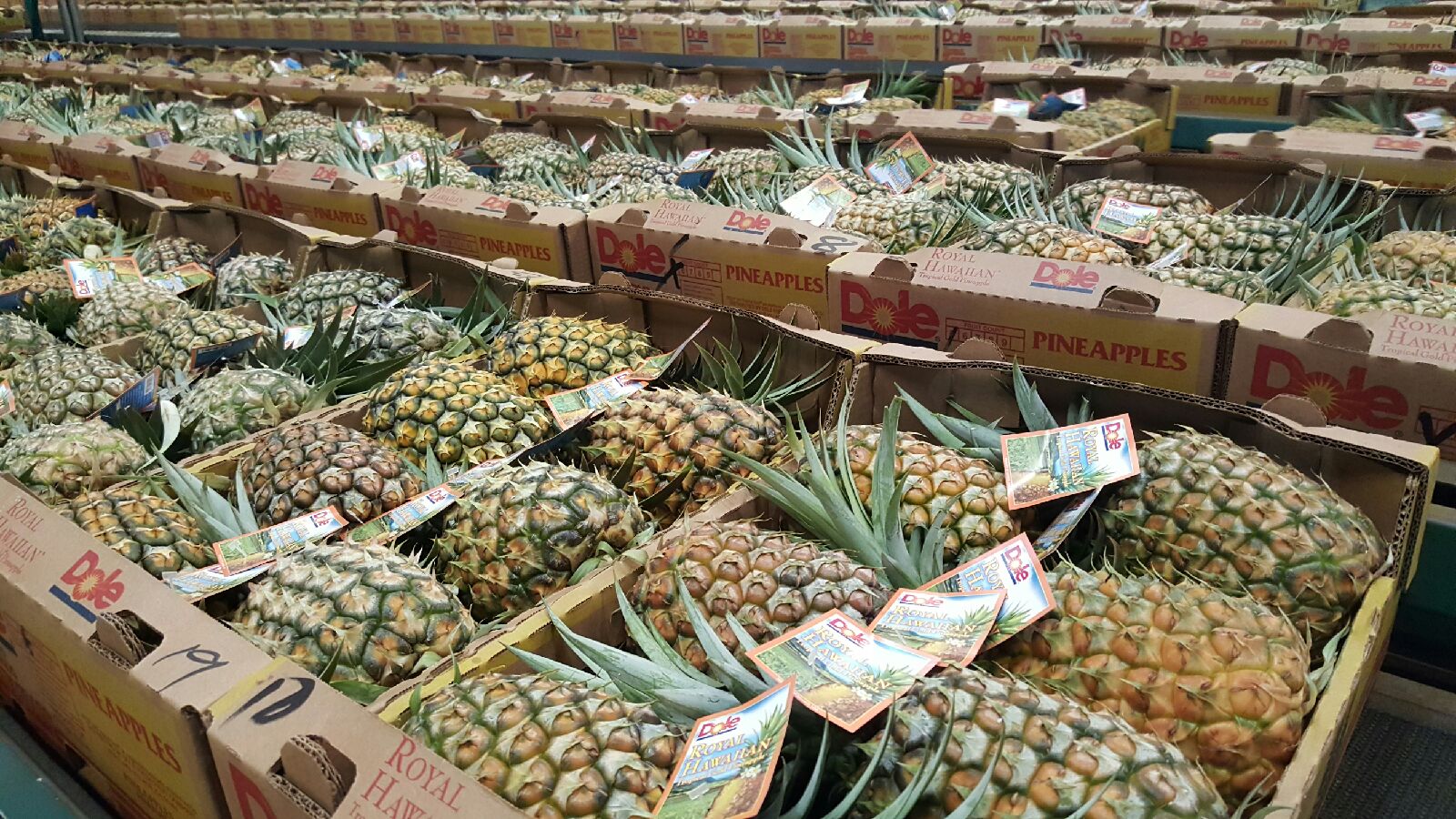
Inspired by our tour, I followed this recipe and it tasted great!


